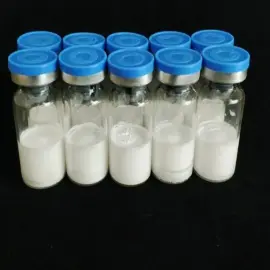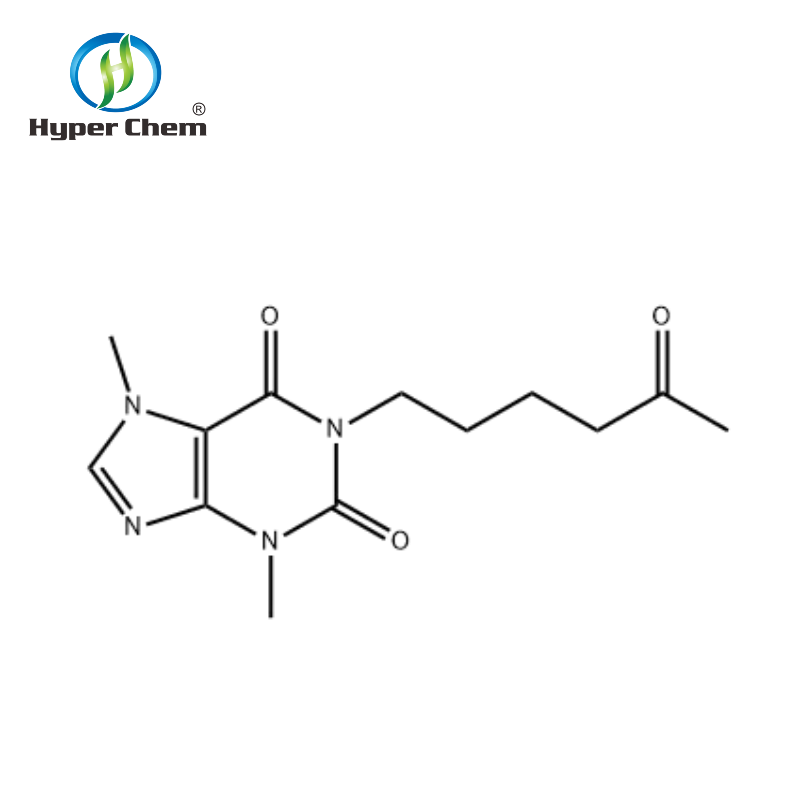-
Categories
-
Pharmaceutical Intermediates
-
Active Pharmaceutical Ingredients
-
Food Additives
- Industrial Coatings
- Agrochemicals
- Dyes and Pigments
- Surfactant
- Flavors and Fragrances
- Chemical Reagents
- Catalyst and Auxiliary
- Natural Products
- Inorganic Chemistry
-
Organic Chemistry
-
Biochemical Engineering
- Analytical Chemistry
-
Cosmetic Ingredient
- Water Treatment Chemical
-
Pharmaceutical Intermediates
Promotion
ECHEMI Mall
Wholesale
Weekly Price
Exhibition
News
-
Trade Service
Cinepazide is a pharmaceutical drug that is commonly used to treat gastrointestinal disorders such as nausea, vomiting, and abdominal pain.
It is a synthetic drug that is derived from the naturally occurring compound, papaverine.
Papaverine is found in the opium poppy plant, and it has been used for centuries for its analgesic and anti-inflammatory properties.
The synthetic route for cinepazide involves several steps, starting with the synthesis of papaverine.
Papaverine is synthesized by the hydrolysis of the opium alkaloid, thebaine, which is obtained from the latex of the opium poppy plant.
Thebaine is converted into papaverine through a series of chemical reactions, including hydrolysis, nitration, and reduction.
Once papaverine has been synthesized, the next step in the synthetic route for cinepazide is to convert it into N-demethylated papaverine.
This is accomplished through the use of a chemical reagent called anhydrous hydrogen chloride.
The N-demethylated papaverine is then treated with an alkali metal hydroxide, such as sodium hydroxide, to produce cinepazide.
Cinepazide is a versatile compound that can be synthesized through several different routes.
In addition to the synthetic route outlined above, cinepazide can also be synthesized through the use of other chemical reactions, such as oxidation and condensation.
One of the advantages of synthetic routes is that it allows the production of cinepazide to be scaled up or down as needed.
This is particularly important in the pharmaceutical industry, where there may be a large demand for a particular drug.
Synthetic routes also allow for the production of cinepazide to be more efficient and less costly than traditional methods of extraction and purification.
Another advantage of synthetic routes is that it allows for the production of cinepazide to be more consistent and controlled.
By using synthetic methods to produce cinepazide, it is possible to ensure that the drug is of a high quality and meets all of the necessary standards for purity and potency.
In conclusion, cinepazide is a pharmaceutical drug that is commonly used to treat gastrointestinal disorders.
It is a synthetic drug that is derived from the naturally occurring compound, papaverine, which is found in the opium poppy plant.
The synthetic route for cinepazide involves several steps, starting with the synthesis of papaverine and ending with the production of cinepazide through the use of chemical reactions such as hydrolysis, nitration, reduction, oxidation, and condensation.
Synthetic routes allow for the production of cinepazide to be scaled up or down, more efficient, less costly and more consistent.







